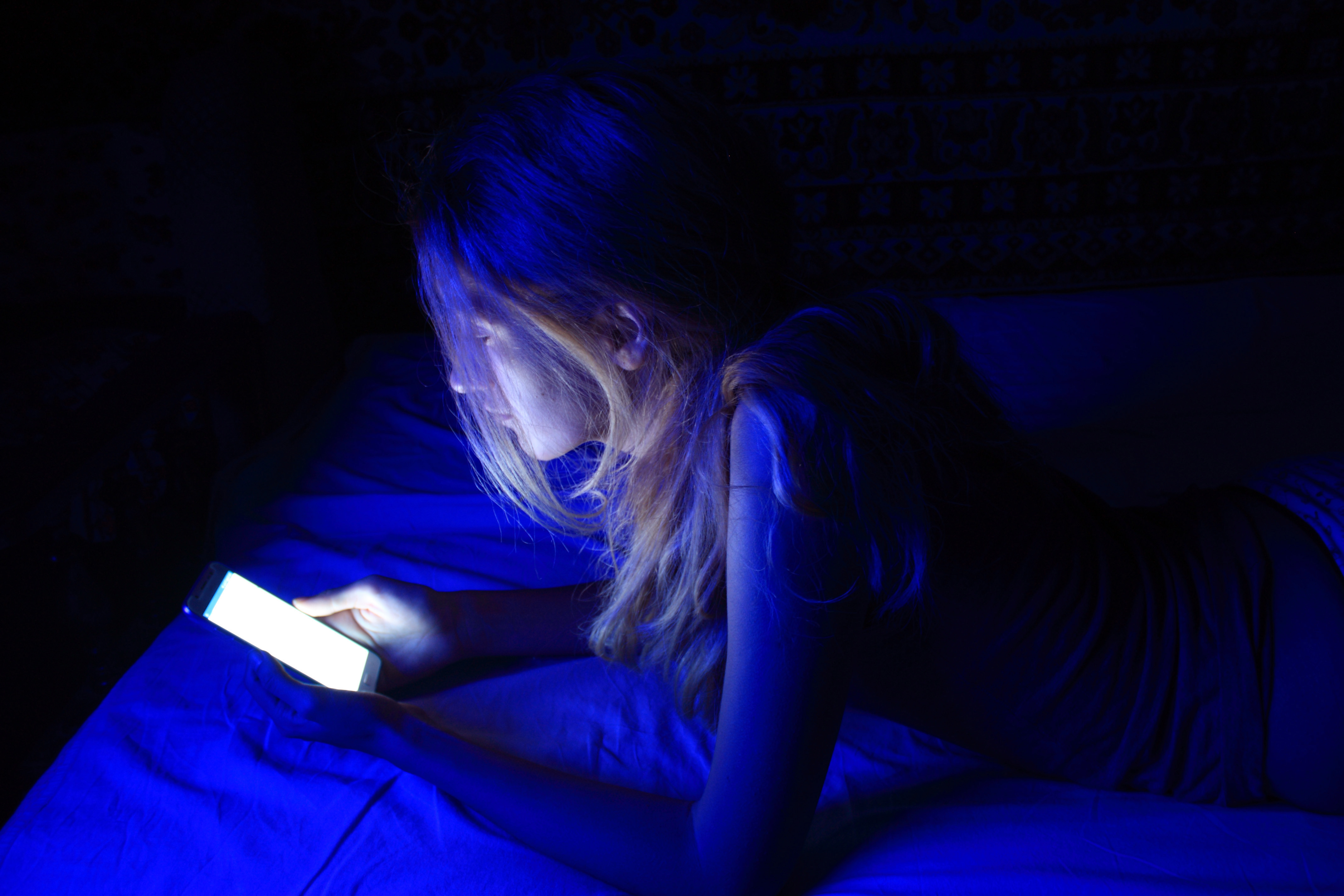We're completely wrong about blue light filters, experts claim
Blue light is not disruptive to our sleep, and warmer tones that mimic daylight may send mixed signals


Settings that reduce blue light on smartphone and laptop displays during later hours could be ineffectual to aiding our sleep, scientists claim, contrary to the widening consensus.
Received wisdom follows that sharp blue light is harmful to health as it disrupts our sleep cycles, with various studies published on the issue, backed by institutions such as Harvard Medical School.
Device makers have therefore endeavoured to reduce exposure to blue light by developing software that configures displays to show warmer colours at night.
However, the opposite may be true, according to new research, with cooler lights in the evening and bright, warmer lights in the daytime potentially more beneficial to health. This is because the eyes associate warmer and brighter colours with day, and dimmer and cooler colours with night.
Software embedded into devices that reduce blue light settings at night, moreover, like Night Shift in the iPhone 11, are sending our bodies mixed signals, according to Univerisity of Manchester researchers. This is because such display tweaks combine a small reduction in brightness with boosting colours that resemble daytime.
“We show the common view that blue light has the strongest effect on the clock is misguided,” said senior lecturer with the University of Manchester, Dr Tim Brown.
“In fact, the blue colours that are associated with twilight have a weaker effect than white or yellow light of equivalent brightness.”
Sign up today and you will receive a free copy of our Future Focus 2025 report - the leading guidance on AI, cybersecurity and other IT challenges as per 700+ senior executives
The study, conducted on mice, used specially-designed lighting that allowed the researchers to adjust tone and colour without adjusting brightness. Blue light was shown to have the weakest effects on the body clock compared with equally bright yellow colours.
This contravenes the trend of smartphone makers and software developers in promoting warmer colours on displays during later hours in order to help users sleep easier.
“Our findings suggest that using dim, cooler, lights in the evening and bright warmer lights in the day may be more beneficial,” Dr Brown added.
“Research has already provided evidence that aligning our body clocks with our social and work schedules can be good for our health. Using colour appropriately could be a way to help us better achieve that.”

Keumars Afifi-Sabet is a writer and editor that specialises in public sector, cyber security, and cloud computing. He first joined ITPro as a staff writer in April 2018 and eventually became its Features Editor. Although a regular contributor to other tech sites in the past, these days you will find Keumars on LiveScience, where he runs its Technology section.
-
 How the UK is leading Europe at AI-driven manufacturing
How the UK is leading Europe at AI-driven manufacturingIn-depth A new report puts the country on top of the charts in adopting machine learning on the factory floor in several critical measures
-
 US data center power demand forecast to hit 106GW by 2035, report warns
US data center power demand forecast to hit 106GW by 2035, report warnsNews BloombergNEF research reveals a sharp 36% jump in energy forecasts as "hyperscale" projects reshape the American grid